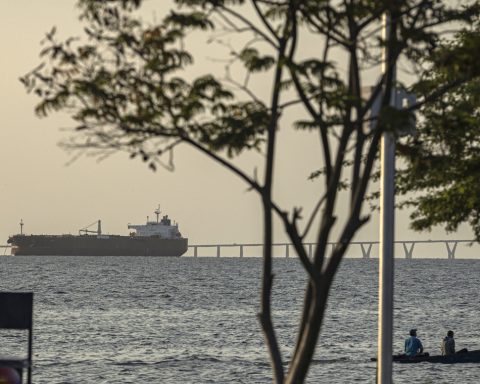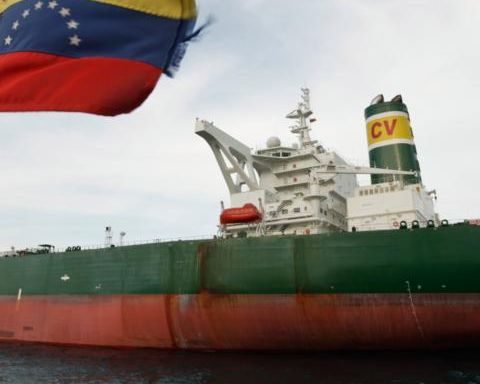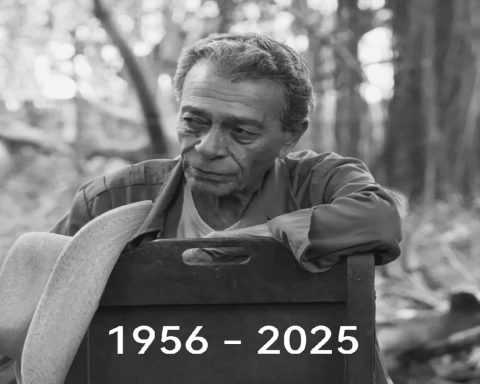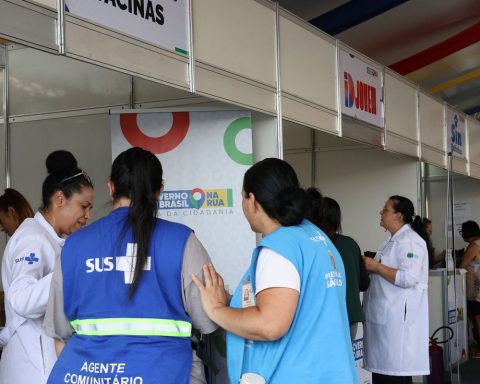Havana Cuba. – For a long time, public transport in the capital has been terrible. Occasionally, the service has had brief periods of improvement due to the injection of new vehicles or the recovery of others that were lying in the workshops, but then it falls back until it falls to the semi-dead point that it is currently experiencing.
The coup de grace came from the fuel crisis. Since April, more than 50 percent of the available buses have not run due to lack of diesel and, although a recovery of the service was expected in May, the month lives its last day without any change.
As reported to CubaNet employees of the El Calvario whereabouts, interviewed under conditions of anonymity, during the last month routes P6 and P8 were able to leave three to four times a day, and there were only one-turn journeys. Both lines are among the most important in the province, since they run through the most populated municipalities and with the largest floating population.

The other terminals in the city pass through the same reality. According to the report by Alain Rodríguez Verdecia, a worker at the Lawton terminal, since the diesel shortage began, several routes only travel a couple of times a day and during peak departure and return times for students and workers.
“There are some that are ghosts, like the A18,” explained Rodríguez.
To move faster, the alternative goes through the private sector, even when individuals do not miss the opportunity to fish in troubled rivers. If for years they allege that their tickets are more expensive than spare parts and fuel, the problems to buy gasoline or oil justify the current escalation of prices even more.
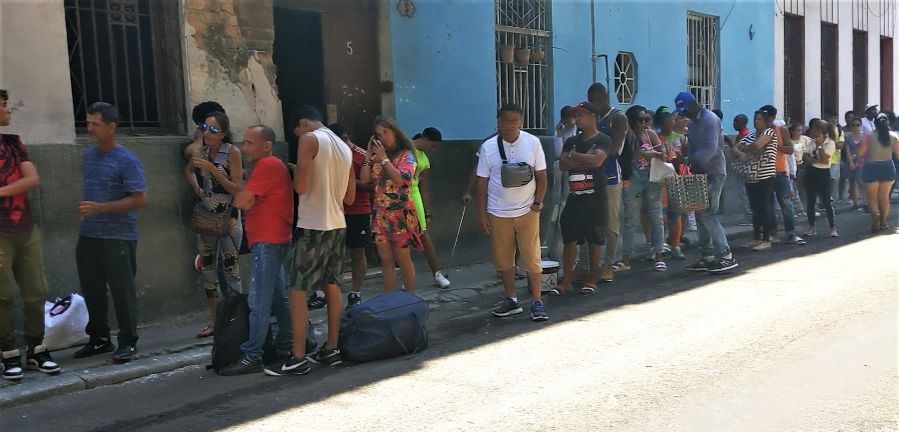
As an anonymous source, an inspector from the Ministry of Transportation (MITRANS) assured CubaNet that, despite the scarcity and the queues at service centers to purchase fuel, it is estimated that there are currently more than 30,000 private vehicles linked to transport activity in the capital. Of these, at least 20,000 do so without a license.
He also pointed out that in the last two months more than 4,000 “boteros” handed in their patent, which they had to pay despite being without work due to lack of fuel.
“They continue to work without paying taxes and with total freedom; With the mess that there is with the fuel, we ourselves have put up with it to avoid a bit of complaints and comments. How do they keep going? Easy, they buy [el petróleo o la gasolina] on the outside and then they take it off people’s backs,” said the official.
Given the queues they have to do and the amount of fuel that the Government allows them to buy ―40 liters―, the only way for private carriers to keep up with the pace of work is by buying gasoline or oil in the informal market.
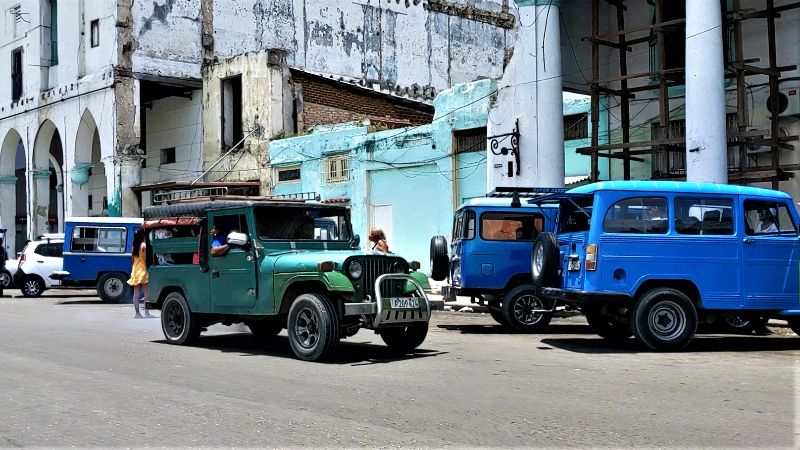
Alejandro Rivero López, who “takes a ticket” in his private vehicle, specified that “on the street” the price of a liter of oil reaches 180 pesos. “It also appears easier,” he said, in relation to gasoline, whose value ranges between 300 and 600 pesos per liter, according to his classification.
At the beginning of the crisis, he adds, most drivers were reluctant to pay such a high premium that, consequently, it would also lead to a never-before-seen rise in the cost of tickets.
“You have to get the investment out of the fuel and your profit. Many of us thought that the business had ended because the price of the tickets had to be practically doubled and, as it is, we didn’t expect people to agree to pay for them. But you had to try, or else change your job,” Rivero said.
With the increase, routes such as Eléctrico-Vedado rose from 150 to 250 pesos, as did Havana-La Lisa and Santiago de las Vegas-Havana. From Parque El Curita to Playa the increase was 150 pesos, while boarding a vehicle that covers the Havana-Guanabo route costs 500 pesos.
In the case of the sections, even if they are distances of less than two kilometers, the prices increased from 50 to 100 and 150 pesos.
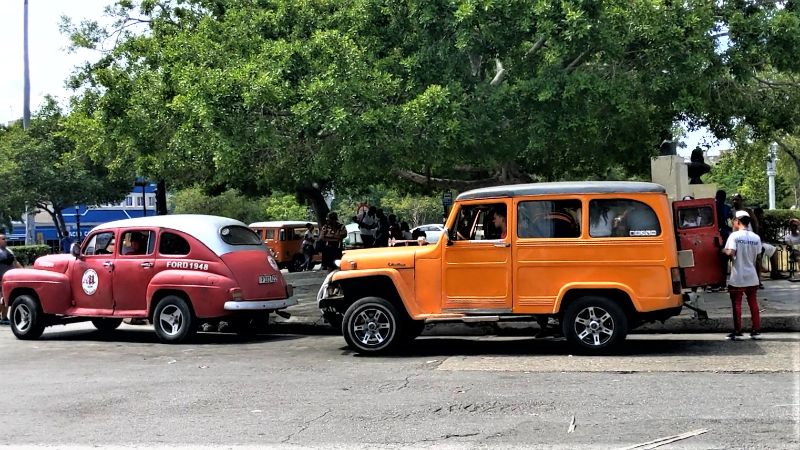
“It is not only the fuel: put the pencil in a pound of rice that is already 200 pesos, then buy a piece of pork for 500 pesos a pound and a liter of oil for 1,000; and then you tell me how one has to earn to survive,” said Orestes Vega Ledesma, a taxi driver on the Cotorro-Havana route.
However, not a few people do the math and denounce that such an increase in prices is robbery, since most of the cars used for private transport are remotorized with modern parts that consume oil and exceed 10 kilometers per liter. made out of fuel.
Yoan González Barrios, who lives in Old Havana but works in Playa, reasoned that to cover the distance between both places a car must use less than two liters of fuel.
“They are less than 20 kilometers, with about 300 pesos the oil is paid. Now, all these cars have eight to ten seats. They collect from 2,000 to 2,500 pesos without counting transfers. With the story of the fuel they are taking the sum out of the people who, of course, since there are no buses, have to pay obligatedly,” said González.

